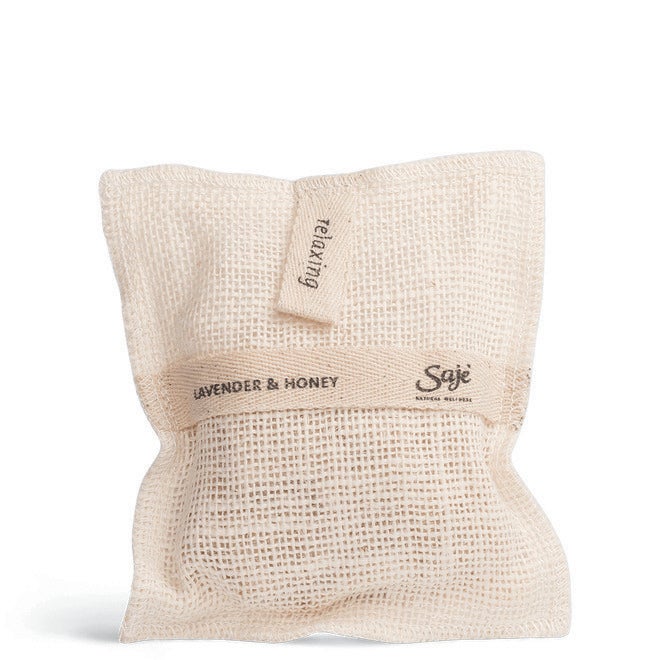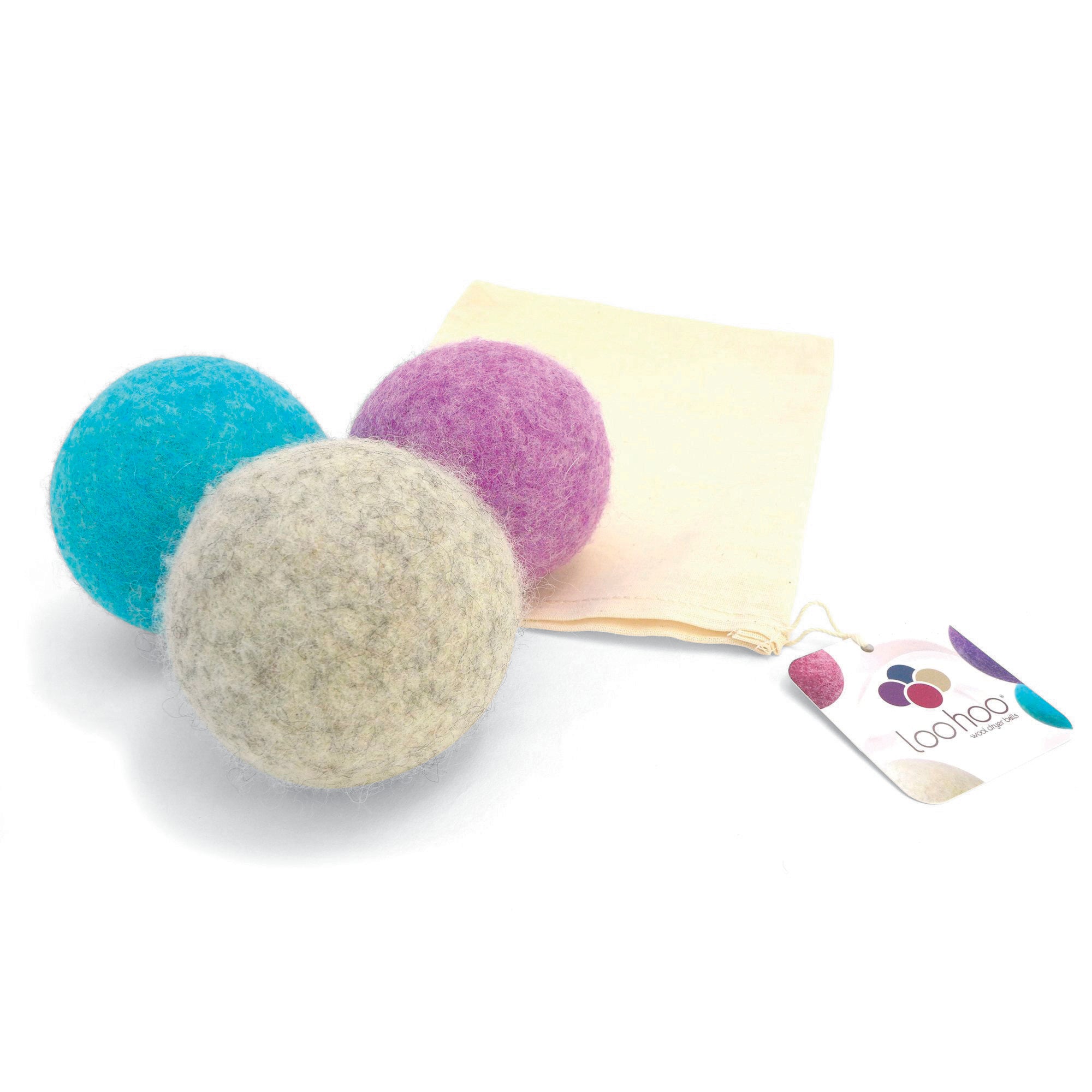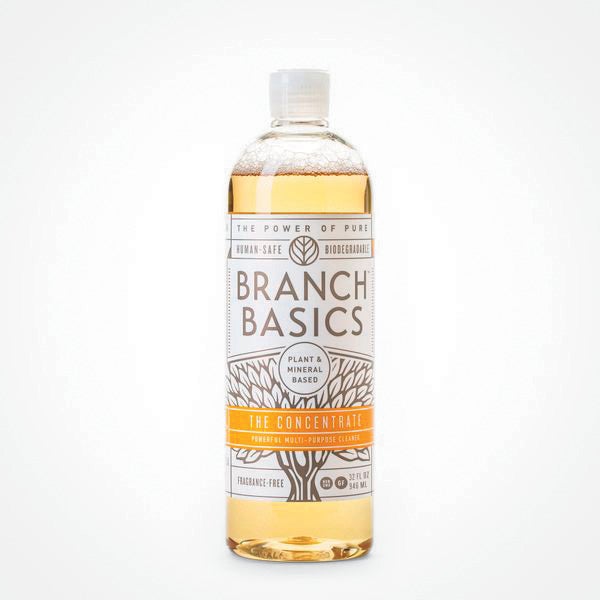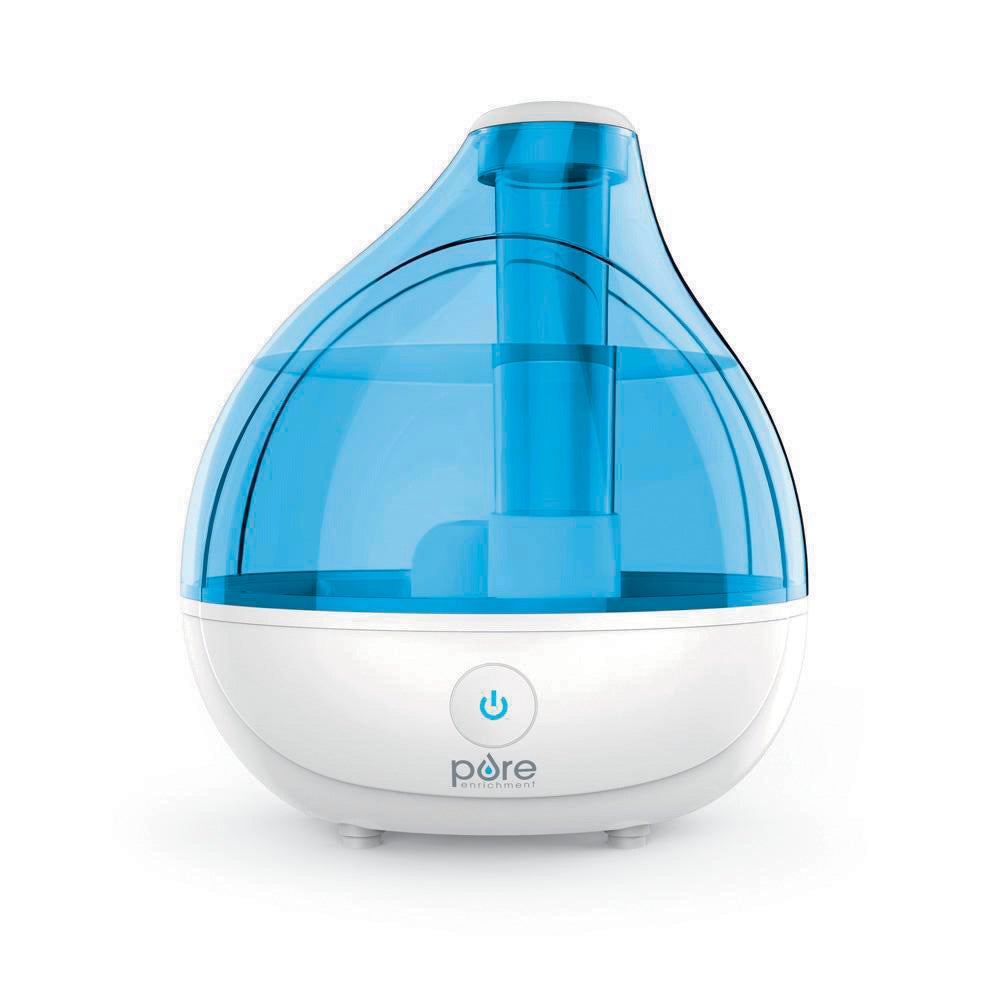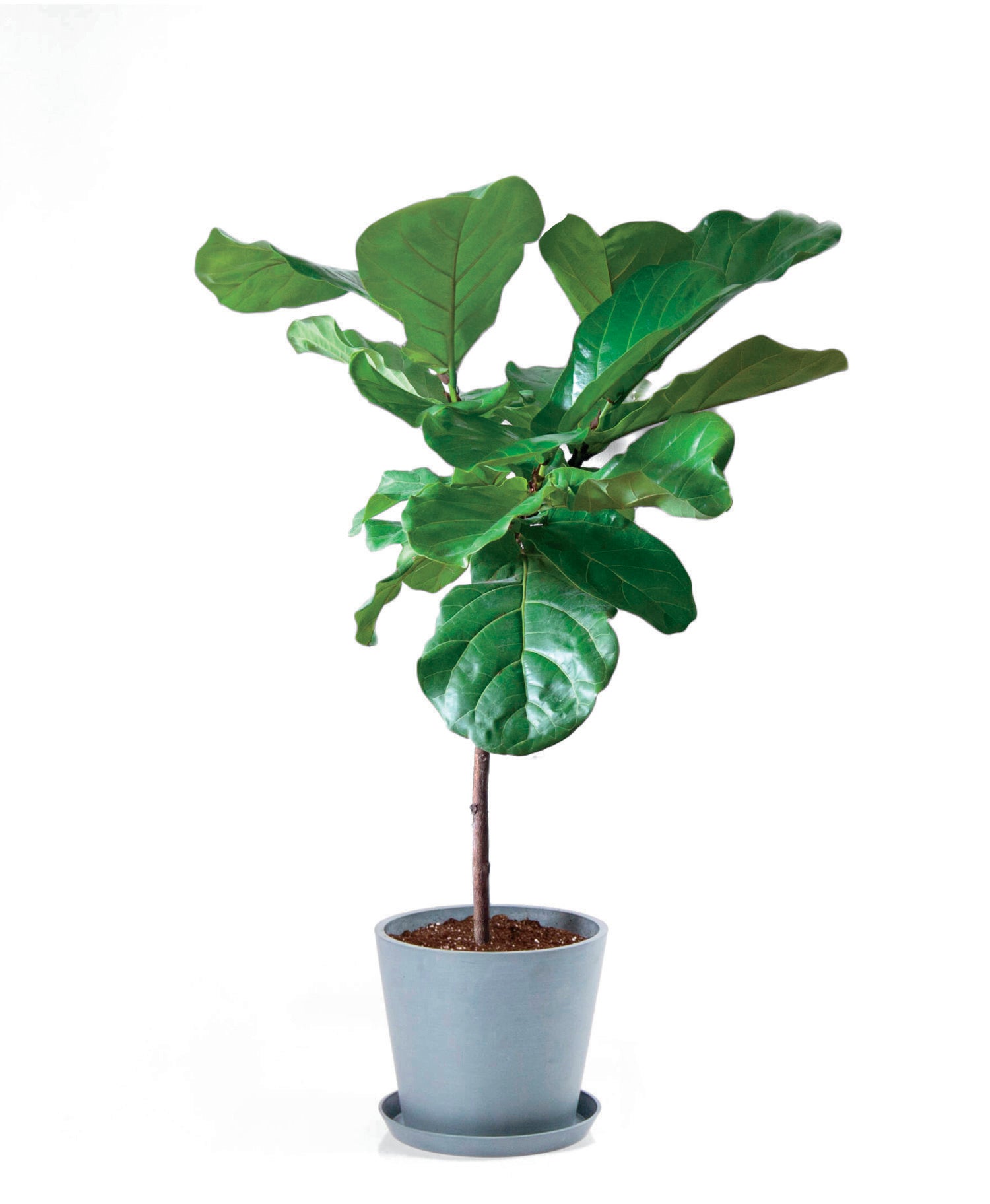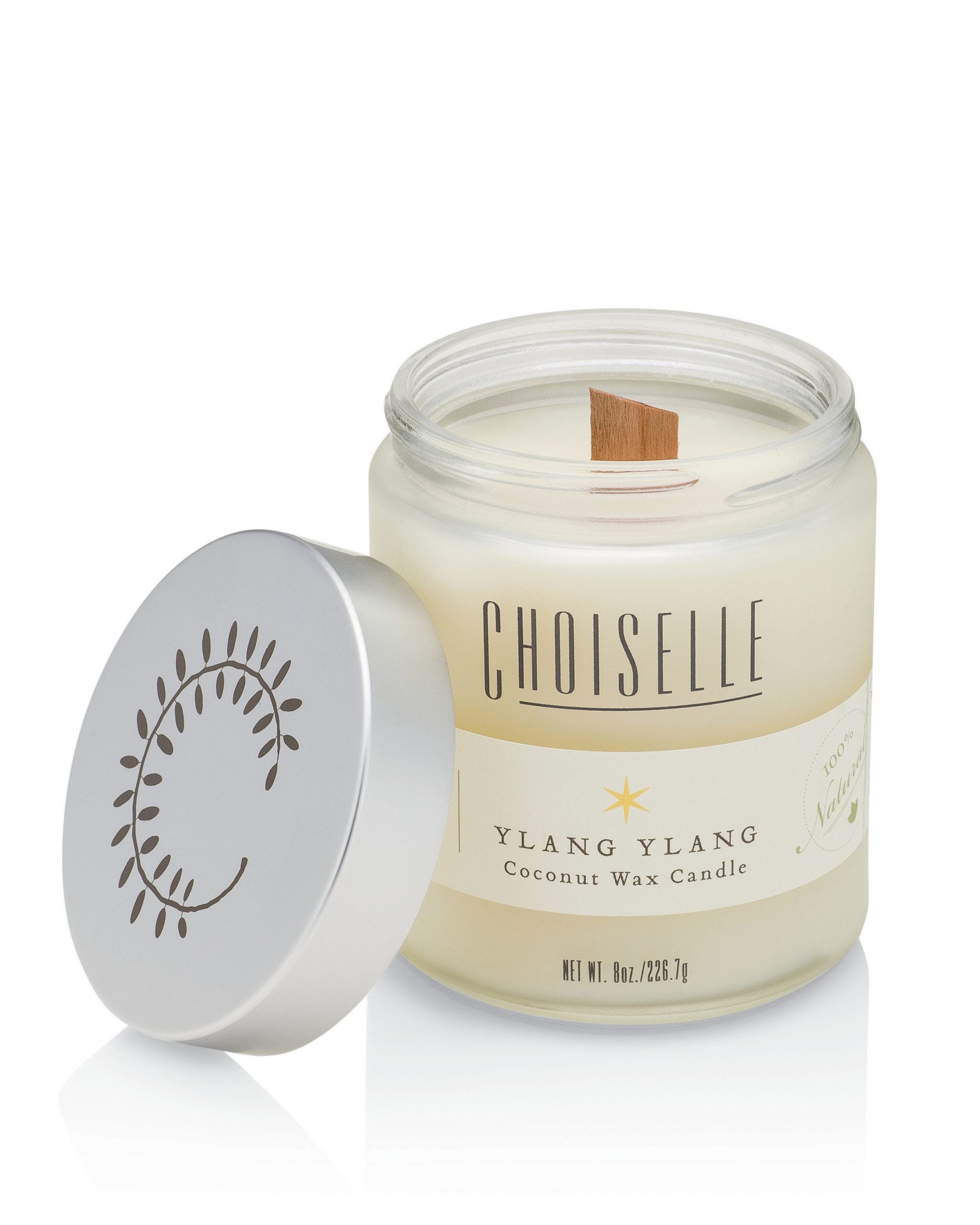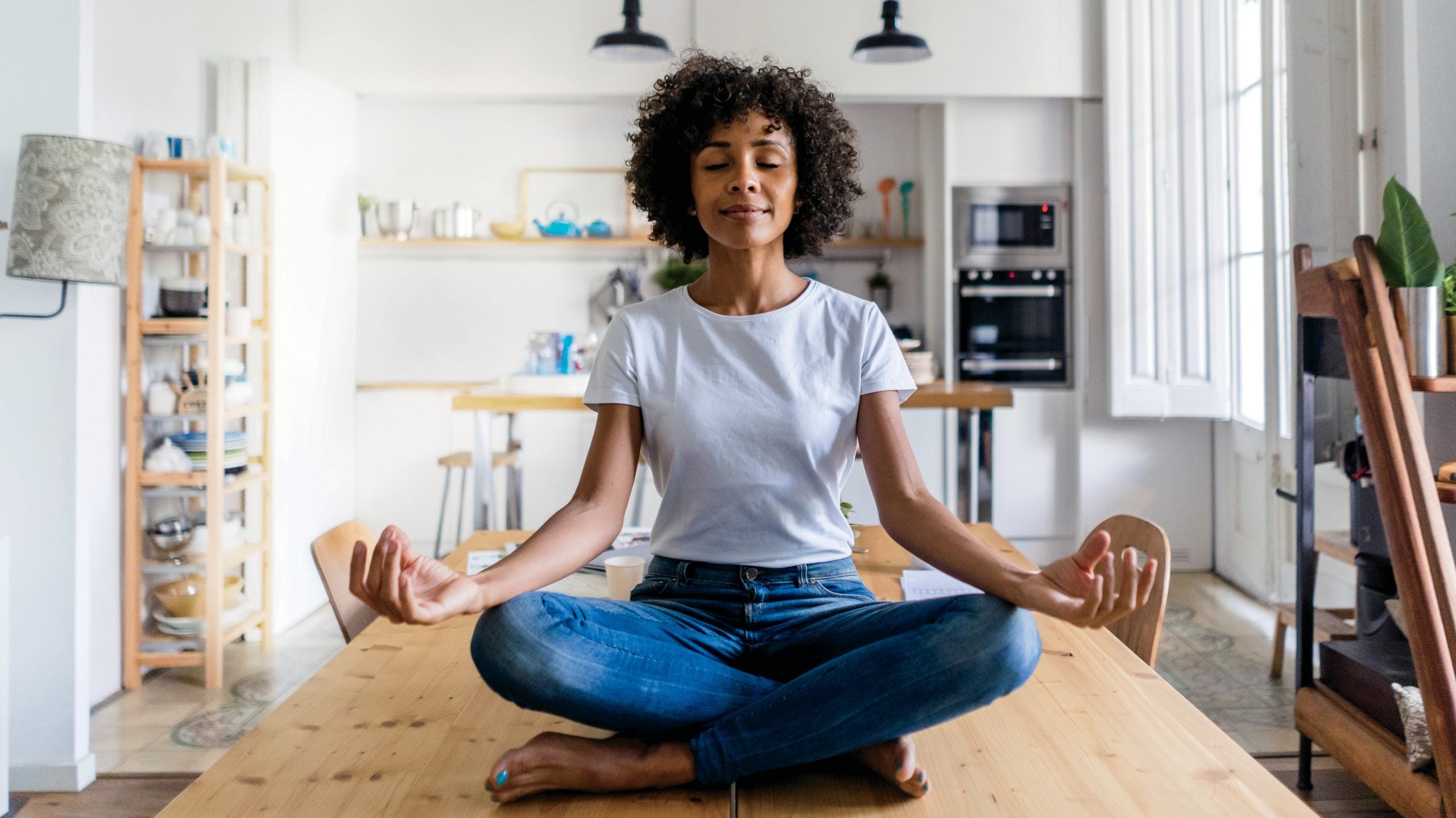
Where did you last feel truly relaxed and safe? We hope it was at home, but if not, that can change. Your home is your castle, the place where you should be most comfortable. Yet so often, we take our living space for granted, neglecting to create surroundings that will nurture and replenish us.
A peaceful abode can help us detach from the stresses of everyday living and restore feelings of positivity and calm. But don’t just take our word. Science has proven that our physical and mental health are all influenced by our home environment. Well- ness expert Chelsea Williams offers four simple ways to transform your living space into a wellness sanctuary you’ll love.
- CLEAR THE AIR
Literally and figuratively. According to the Environmental Protection Agency, Americans spend on average 90 percent of their time indoors, yet the air inside your home can be two to five times more polluted and toxic than the air you breathe outdoors. This may be the result of the increased use of synthetic building materials, personal care products, pesticides and household cleaners in a confined space. To start, open your windows and let fresh air in to release some of the toxins that have built up in your living space. “As Black women, we don’t talk about dust enough,” says Williams.
“Dust particles in our home can trigger conditions such as allergies, asthma and other respiratory conditions, so make sure you are consistently dusting, cleaning and vacuuming your home.” In addition to dust particles, poor air quality can threaten your family’s health. According to the World Health Organization, one-third of global deaths from stroke, lung cancer and heart disease are due to air pollution, which makes it critical to limit household items that contain contaminants and to keep your home well ventilated. Place air purifiers throughout your space to help filter out toxins like dust, pollen and even some viruses that may be swirling around.
It boosts the mood to see fresh greenery in your home, which makes plants great for a mindfulness practice.”
2. GO GREEN
Plants not only make your space beautiful but they also provide many health benefits. Whether you opt for having houseplants on your mantel or an outdoor garden, plants release oxygen and absorb carbon dioxide, allowing you to breathe cleaner air. But plants do so much more than just purify the air. “It boosts the mood to see fresh greenery in your home, which makes it great for a mindfulness practice,” Williams explains. Research shows that caring for houseplants can also help to reduce physiological and psychological stress.
3. MAKE ROOM FOR RELAXATION
Do you find yourself working from your bed or couch far too often? If so, don’t practice your meditation there. Designate an area where you can pause to reflect each day. “It’s really important to carve out a dedicated space to meditate daily,” says Williams. “It doesn’t have to be a separate room. It can be a corner; it can be a pillow. It should be a place you can sit and quiet your mind—at the start of the day, in the middle of the workday, or just to wind down in the evening.” The space should evoke feelings of peace and serenity whenever you go there.
4. INVEST IN WELLNESS PRODUCTS
Don’t break the bank, but having items like candles, incense, essential oils and self-care books on hand can help center you. Williams notes that you don’t need to follow social media well- ness fads to transform your home. Just keep it simple. “Adding two to three drops of the eucalyptus oil to the shower or bath enhances relaxation, relieves muscle tension and helps to open up the airways, which could be helpful during allergy season,” she says.
